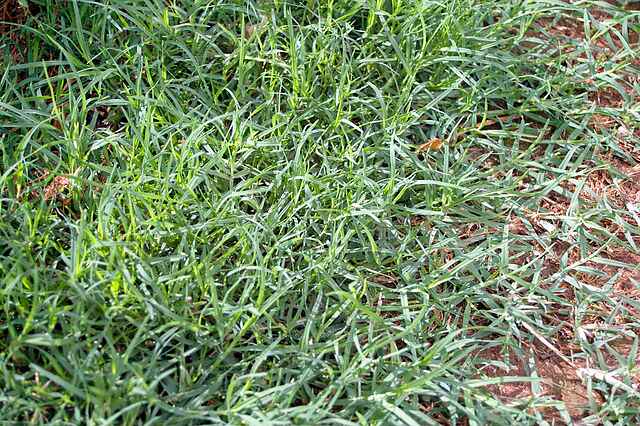Cynodon turf grass, commonly known as Bermuda grass, is a popular warm-season grass variety known for its ability to create a picture-perfect lawn when properly cared for. To achieve and maintain a beautiful Bermuda grass lawn, follow these tips:
Choose the Right Variety:
- Bermuda grass comes in different varieties, each with its own characteristics. Consider factors like your climate, soil type, and lawn usage when choosing the variety that best suits your needs.

- Bermuda grass comes in different varieties, each with its own characteristics. Consider factors like your climate, soil type, and lawn usage when choosing the variety that best suits your needs.
Prepare the Soil:
- Before planting Bermuda grass, prepare the soil by removing debris, rocks, and weeds. Test the soil to determine its pH and nutrient levels, and amend it as needed to create optimal growing conditions.
Planting or Seeding:
- Bermuda grass can be established from sod, sprigs, plugs, or seeds. Sod provides instant coverage, while sprigs and plugs can take some time to fill in. Seeding is an option, but it’s important to choose high-quality Bermuda grass seed and follow recommended seeding rates.
Sunlight Requirements:
- Bermuda grass thrives in full sun and requires at least 6 to 8 hours of direct sunlight per day. Ensure that your lawn area receives adequate sunlight for optimal growth.
Proper Watering:
- Bermuda grass has good drought tolerance, but it still requires consistent watering, especially during the hot summer months. Water deeply and infrequently to encourage deep root growth. Avoid overwatering, as it can lead to shallow roots and increased susceptibility to pests and diseases.
Mowing Height:
- Maintain the appropriate mowing height for Bermuda grass, which is typically between 0.5 to 1.5 inches (1.3 to 3.8 cm). Regular mowing helps keep the lawn neat and encourages lateral growth.
Fertilization:
- Apply a balanced fertilizer specifically formulated for Bermuda grass during its active growing season, which is typically from late spring to early fall. Follow recommended application rates and schedules to avoid over-fertilization.
Aeration:
- Periodically aerate your Bermuda grass lawn to improve soil compaction and enhance root growth. Aeration allows for better air, water, and nutrient penetration into the soil.
Weed Control:
- Implement effective weed control measures to prevent weeds from competing with Bermuda grass for resources. Pre-emergent herbicides can be applied in the spring to inhibit weed germination.
Pest and Disease Management:
- Monitor your lawn for signs of pests and diseases. Bermuda grass can be susceptible to issues like grubs and fungal infections. Implement appropriate pest and disease control measures as needed.
Dethatching:
- If thatch buildup becomes excessive, consider dethatching your Bermuda grass lawn to improve nutrient and water penetration. Dethatching is typically done in late spring or early summer.
Winter Dormancy:
- Bermuda grass goes dormant during the winter months in cooler climates. Be prepared for a brown lawn during this period, but it will green up again once temperatures rise in the spring.
Overseeding:
- In areas with cooler winters, consider overseeding with a cool-season grass like ryegrass in the fall to maintain green color during the Bermuda grass dormancy period.
With proper care and maintenance, Bermuda grass can create a lush, green, and picture-perfect lawn that’s both attractive and durable. Be consistent with your lawn care practices, and adjust them as needed based on your specific growing conditions and region.











